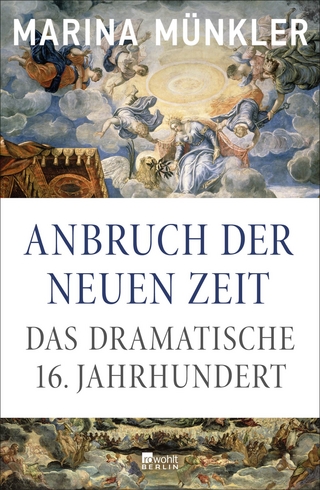
Scots in Great War London
Helion & Company (Verlag)
978-1-912390-78-6 (ISBN)
This new examination of World War One pulls together often untold stories and includes famous names such as Sir Douglas Haig, John Buchan and Lord Kinnaird, known as football's first superstar. These three were all linked with Scottish organisations in London which had to rise to the challenge of World War One. Churches and clubs which looked after Scots who had moved south to work in the capital played an important role on the Home Front. The book, drawing on unpublished articles at the time, describes how St Columba's Church of Scotland in Knightsbridge fed and entertained nearly 50,000 Scottish troops heading home on leave or returning to the trenches. Moving letters from grateful families are quoted. John Buchan was an elder of the church, so too Sir Douglas Haig after the war. The other Scottish Kirk in London, Crown Court numbered Lord Kinnaird among its elders - he lost both his sons during the conflict.
Rugby players from London Scottish were quick to join up. More than two thirds of the sixty who turned out for the club in the last season before the war never returned. There was a heavy toll amongst Scots in London who were members of the Caledonian Club. The Club's substantial art collection immortalises its connection to the Great War, some of which is reproduced in the book. Many members and associates of Scottish churches and clubs were quick to join the London Scottish Regiment on the outbreak of war. They became the first territorials to see action after being rushed to the frontline close to Ypres in October 1914. The Scots Guards, too, had longstanding links with the capital. Scottish exiles in Canada joining their local regiments were pleased to remember their roots and traditions as they moved through wartime London.
Charities founded by Scottish benefactors in London, which have since evolved into Scots Care and the Royal Caledonian Educational Trust, supported the troops and families and their role is covered.
One hundred years on from the final year of conflict this book examines the close links between these organisations and their shared hopes, fears and tragic losses. Scotland's casualties in World War One were disproportionately higher than other parts of the UK. The book reflects how that toll was reflected south of the border in London, through which so many Scottish soldiers would have passed on their way to and from the horrors of war.
Paul McFarland is Secretary at his rugby club, London Scottish FC, where he has served in various capacities on Board and Committee since 1996. He graduated MA in History from Edinburgh University in 1976 and became a journalist. He spent 12 years in editorial, development, marketing, sales, and management roles in the then very new electronic media industry, while freelancing as a weekend sports reporter for the national press and BBC and commercial radio. In 1990, Paul left ft.com to become marketing director at the Press Association, and later managing director of its main commercial subsidiary, before striking out on his own. From 1997, he was a consultant and then investor in the new media sector, before selling a sports web business to ESPN and focusing on his current enterprise[s], a specialist sports team wear provider he started in 2001. When not watching sport or reading history he goes to the theatre and concerts with his theatrical/musical family. He previously edited Zelia Raye and the Development of Modern Theatre Dance (London 2002).
| Erscheinungsdatum | 01.09.2018 |
|---|---|
| Zusatzinfo | 51 b/w photos, 4 colour photos, 6 colour ills, 13 b/w ills |
| Verlagsort | Solihull |
| Sprache | englisch |
| Maße | 156 x 234 mm |
| Themenwelt | Geisteswissenschaften ► Geschichte ► Allgemeines / Lexika |
| Geschichte ► Allgemeine Geschichte ► Neuzeit (bis 1918) | |
| Sozialwissenschaften ► Politik / Verwaltung | |
| ISBN-10 | 1-912390-78-7 / 1912390787 |
| ISBN-13 | 978-1-912390-78-6 / 9781912390786 |
| Zustand | Neuware |
| Haben Sie eine Frage zum Produkt? |
aus dem Bereich


